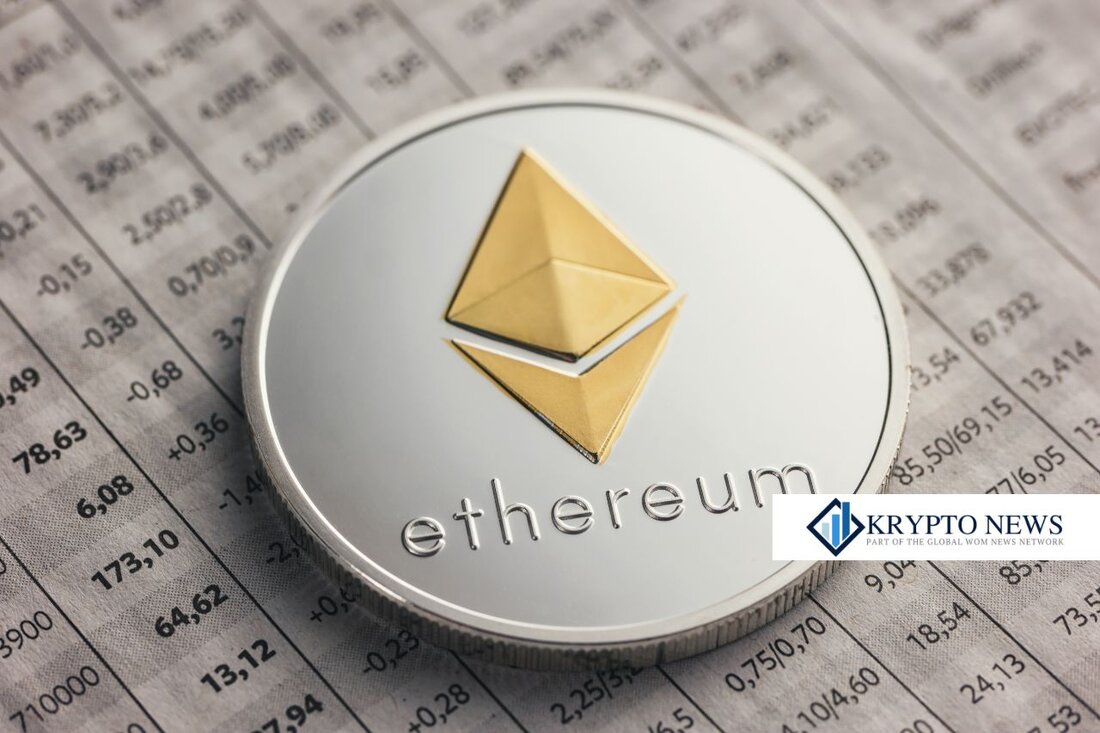Buterin: Low-risk DeFi is the future of Ethereum!
In his blog post, Vitalik Buterin calls for the importance of low-risk defi for Ethereum. He argues that such applications ultimately strengthen economic opportunities and increase stability in the DEFI sector.

Buterin: Low-risk DeFi is the future of Ethereum!
Vitalik Buterin, the co-founder of Ethereum, recently emphasized the importance of low-risk defi (decentralized financial services) as a potential economic core of the platform. In a blog post, Buterin explains that these safe applications can play a decisive role in the financial landscape and thus have a bridge between profitable applications and the founding values of Ethereum. Crypto.News reports that…
Buterin compares the role of low-risk DeFi to Google's advertising revenue, which supports the company's growth and global dominance. He emphasizes the importance of more secure applications such as loans, savings and payments for the development of Ethereum (ETH). These applications are built on a stable core of DeFi protocols that have proven to be robust over time. In the past, many DeFi projects were characterized by unsustainable yield incentives, but today the current low-risk solutions show a focus on basic financial needs.
Stability and trust in the DeFi sector
The development of low-risk defi shows not only a growing trust of the users, but also an increasing stability of the core applications. Buterin states that the losses in the defi area are increasingly concentrated on the experimental edges of the ecosystem, while the stable applications continue to grow. Examples of these services include stable indications with competitive interest on platforms such as AAVE or fully secured credit markets.
A central point of Buterin's argument is that the advantage of crypto does not exist in the creation of artificially high yields, but in giving existing economic opportunities without accessing the traditional financial system. He suggests various approaches how low-risk defi can expand its influence and economic value.
Innovations and new developments
Potential paths include reputation-based underground loans that rely on reliable identity and credit assessment mechanisms. Likewise, integration of predictive markets with traditional defi could enable new hedging strategies to compensate for portfolio risks by bets to correlated events. This interaction between predictive platforms and financial markets could produce innovative risk management tools.
Buterin also argues for the development of alternative stable value systems that go beyond USD-centric applications. These alternatives could include currency baskets, consumer price index-based “flatcoins” and personal tokens. He believes that these developments should not only expand the economic utility of Ethereum, but also maintain the cultural direction of the platform.
In the discussion about the future of the Defi sector, Buterin emphasizes that the focus on safe and reliable applications is not only of crucial importance for users, but also for the long-term stability and relevance of Ethereum in the digital financial market.

 Suche
Suche
